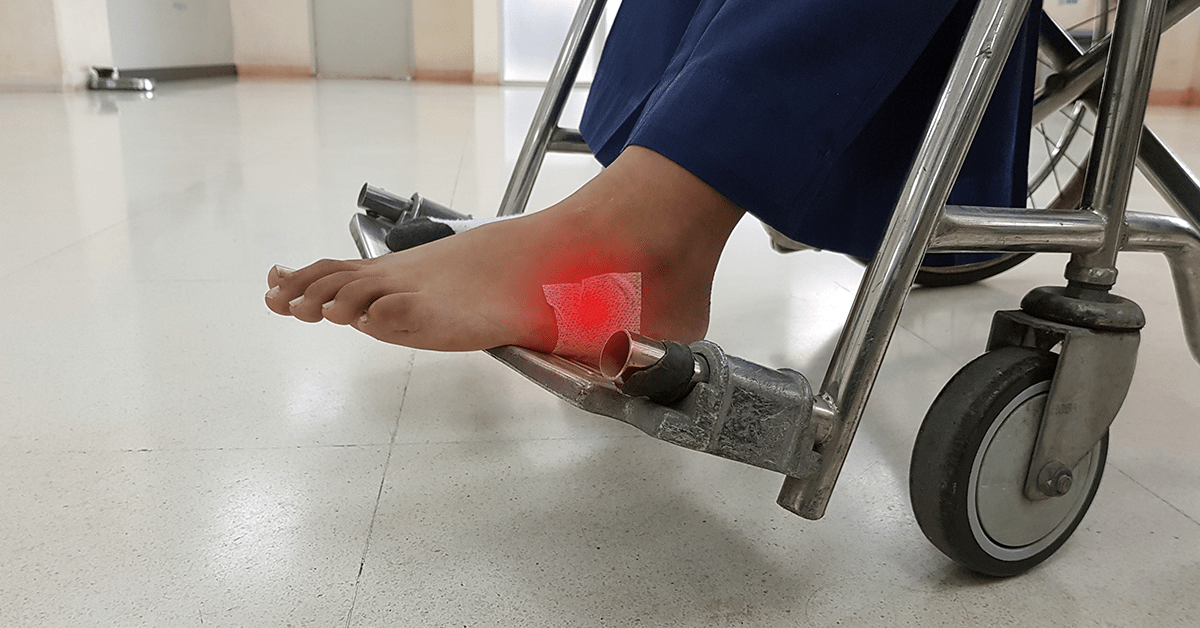
Diabetes occurs when your body becomes unable to produce enough insulin. Insulin is a hormone that your body uses to convert glucose or sugar into energy. If your body experiences difficulty in metabolizing glucose, this may cause high blood sugar levels to take place. The condition is called Hyperglycaemia, which may further lead to lessening your body’s ability to heal diabetic wounds.
In the United States, approximately 30.3 million people have a type of diabetes, and most of these people suffer from complications caused by delayed diabetes wound healing and associated infections.
In diabetes, wounds heal slowly and develop more rapidly. So it’s critical to know about the factors contributing to wound healing and worsening in diabetes.
For people living their lives with diabetes, minor cuts, scars, and burns may become an uncontrollable yet unfortunate part of life. In several cases, these diabetic wounds tend to not heal completely, or never ever get healed. Due to this, an infection can occur at any time which can have serious consequences for diabetic patients. An infection may spread to nearby tissue and bone as well as other areas in the body. In some cases, and in the absence of immediate medical attention, an infection can be fatal or life-threatening.
Even if no infection develops in a wound, slow diabetes wound healing can have a negative impact on a patient’s overall health and wellbeing. Cuts or injuries to the feet or legs can make walking or exercise challenging or painful.
When you experience diabetes, several causes contribute towards damaging your body`s function to heal wounds quickly, like:
When your blood glucose levels get elevated than normal, it certainly is responsible for the below consequences that ultimately slow down the diabetes wound healing process.
On an estimate, 1 in every 4 people with diabetes will develop foot ulcers which are extremely painful wounds and may eventually lead to amputation of the foot.
Factors increasing the risk of infection:
As discussed above, people experiencing poor or slower diabetes wound healing are also prone to developing underlying problems with blood vessels and nerves. This may lead to other problems including heart disease, kidney problems, and impaired vision.
If an infection is present in the wound and is not treated, it may proceed to the stage of Gangrene. Gangrene is a major cause of amputations in diabetic patients who have lost limbs. Studies suggest that approximately 230 amputation surgeries are performed every day in the United States.
Foot care
Adequate foot care includes:
When to visit the doctor
If you are dealing with a diabetic wound, you should consult your doctor if you experience any of the following symptoms:
Below are a few recommendations you should consider to improve your immune system:
Diabetes patients can improve their glucose level by avoiding refined carbohydrates, added sugars, and junk foods which also aids in the consumption of fibers, vegetables, and fruits. Better nutrition provides your body with the adequate amount of nutrients it requires to overcome slow wound healing like vitamin C, zinc, and protein.
See Also: The Future Of Diabetes Management
At Family Medicine Austin, we provide standardized care to ensure accurate diagnosis, treatment, management, and education for diabetes and wound care, along with diabetes-related risks. For proper examination, please visit our clinic or call for instant assistance.